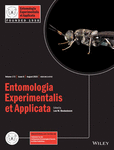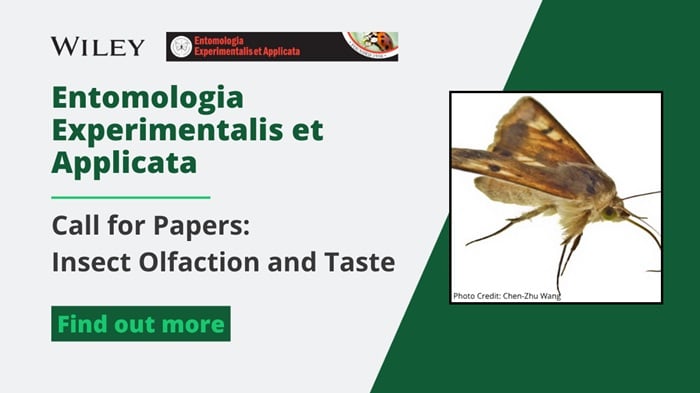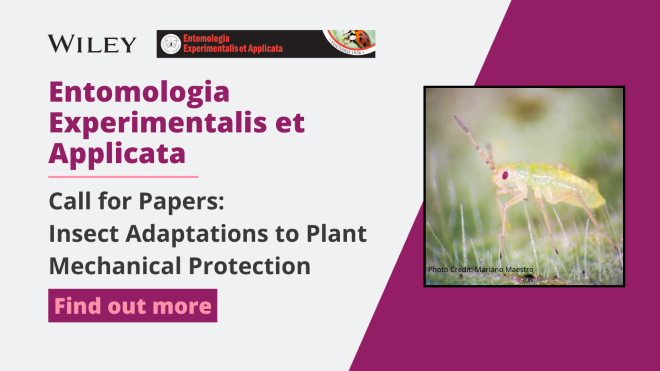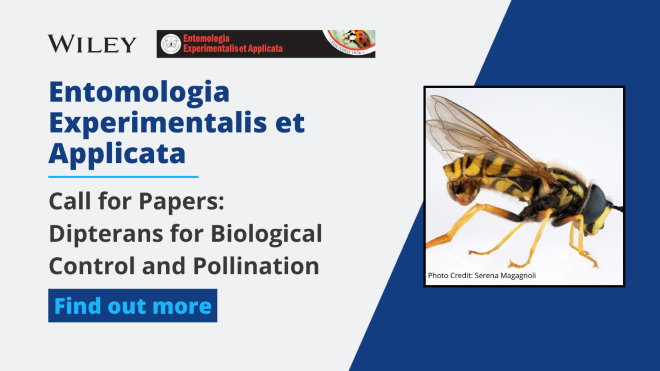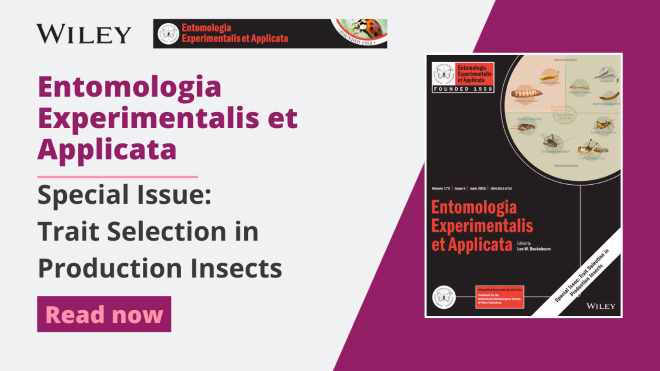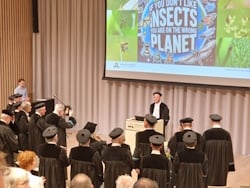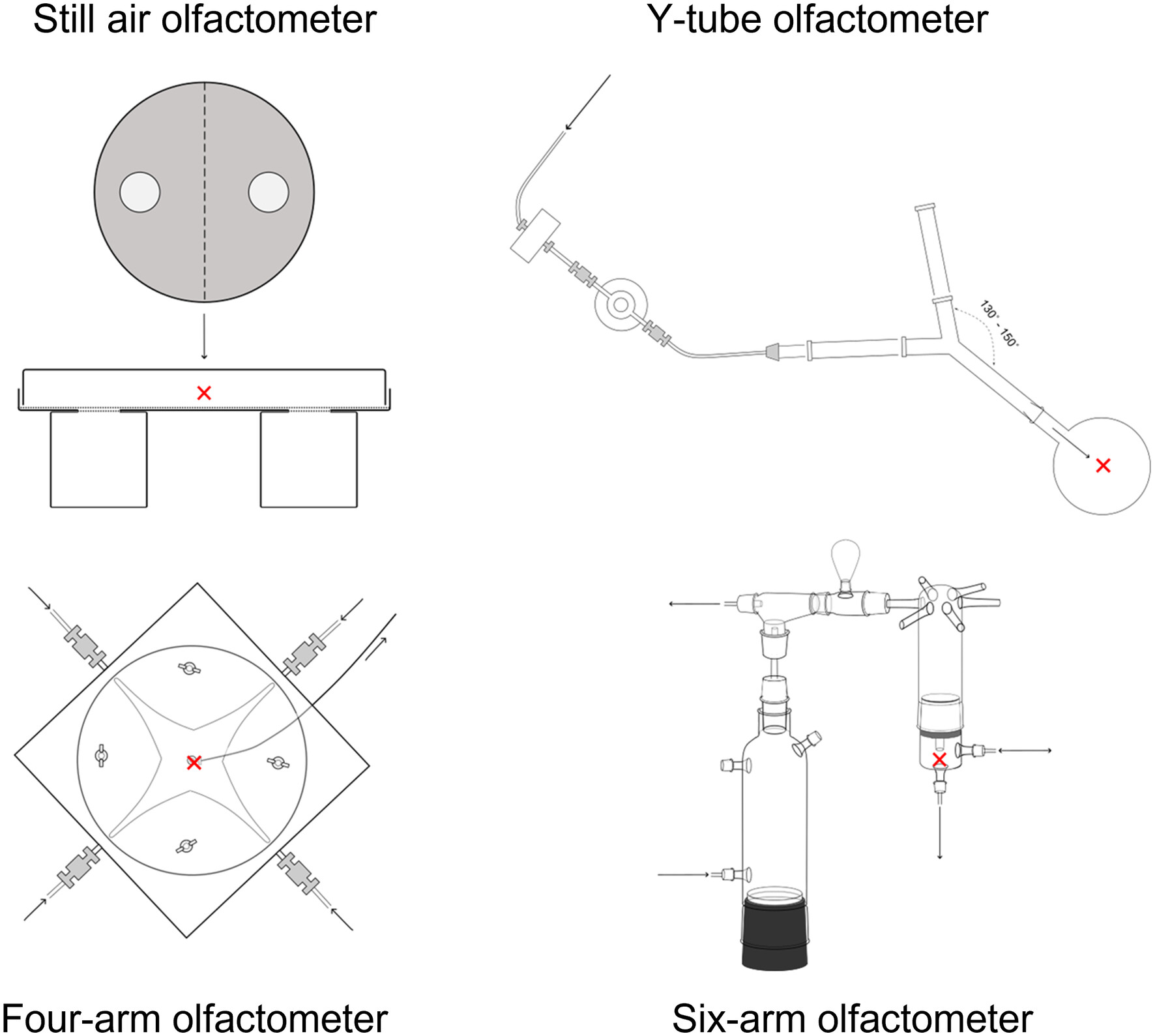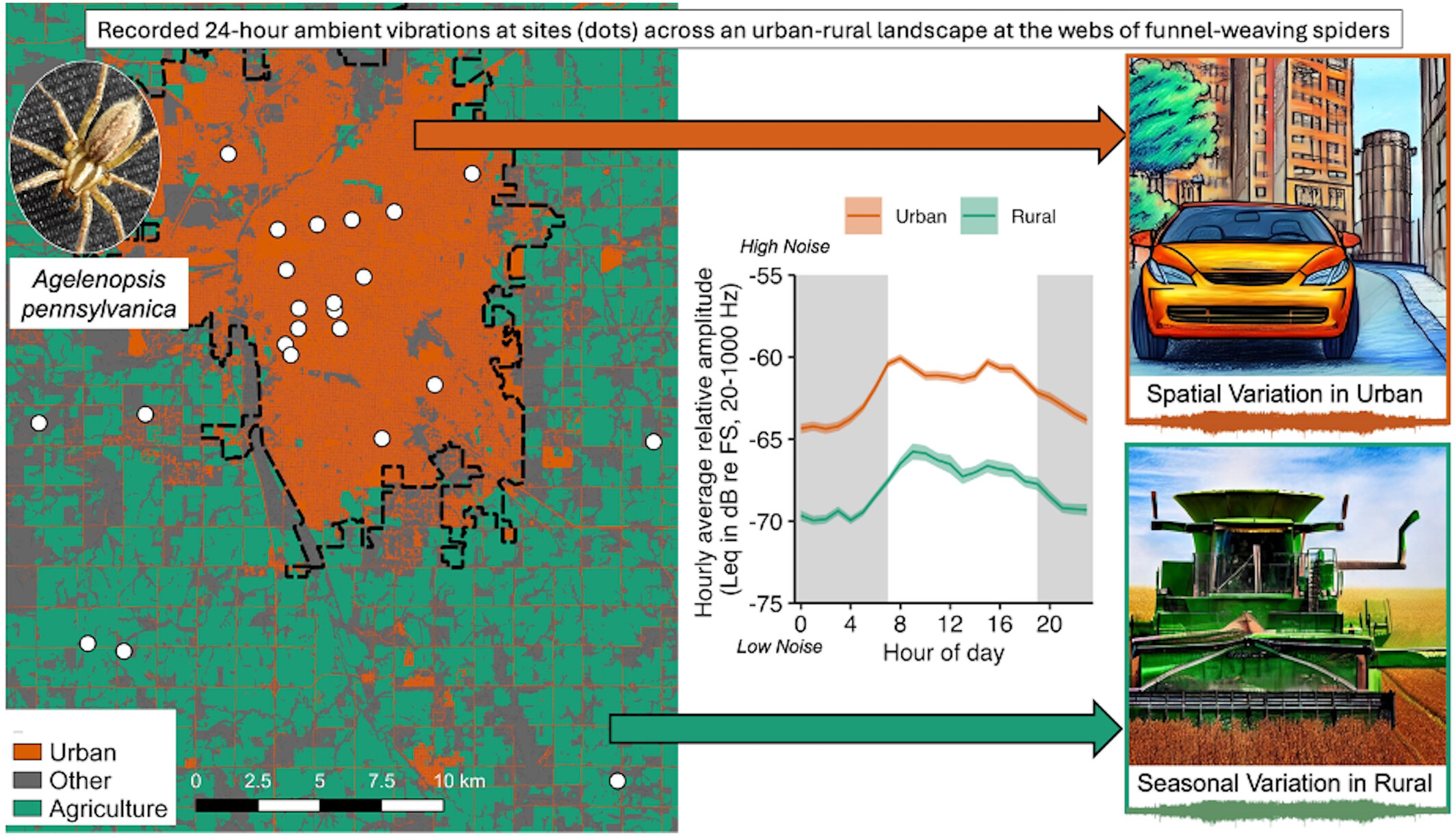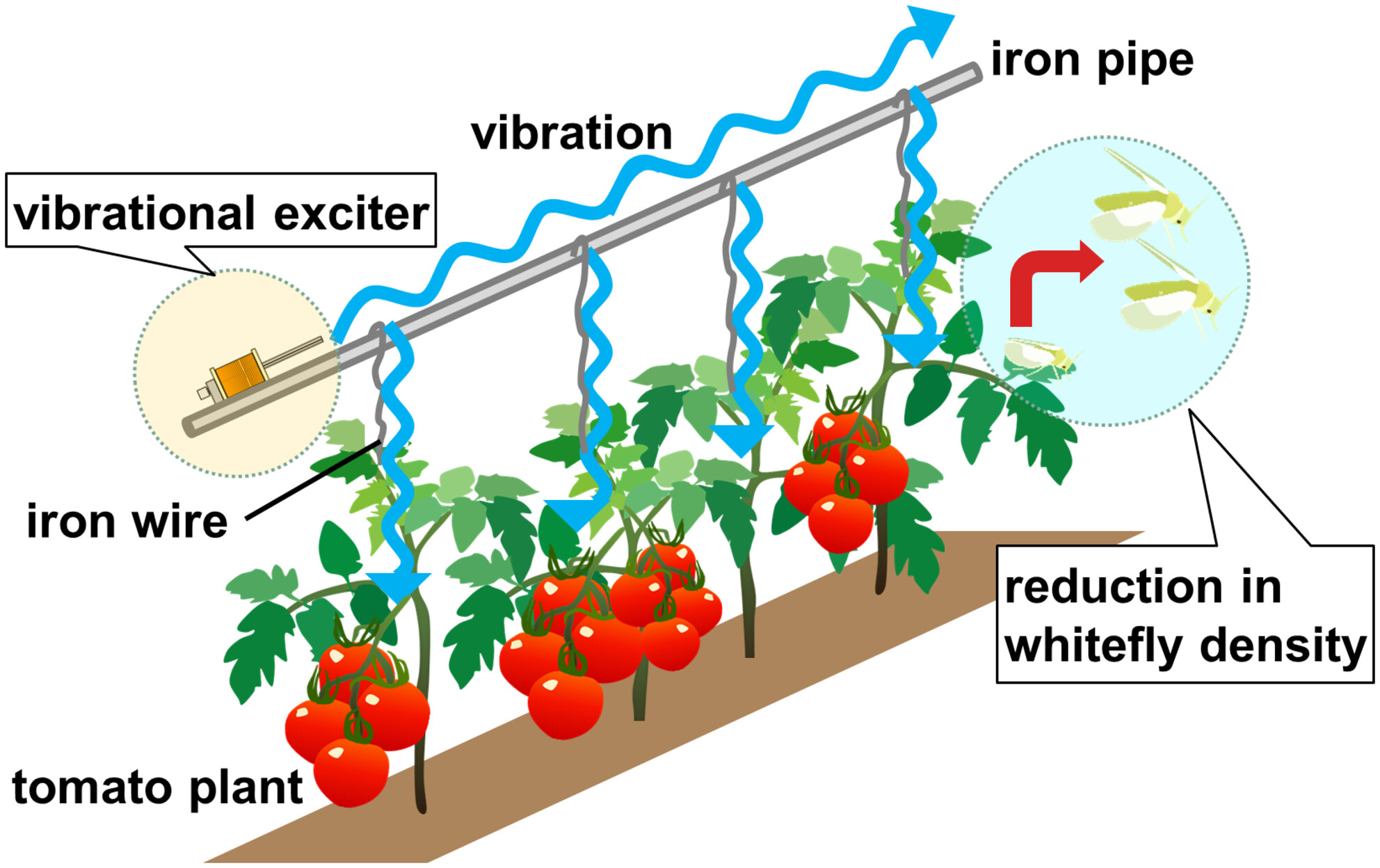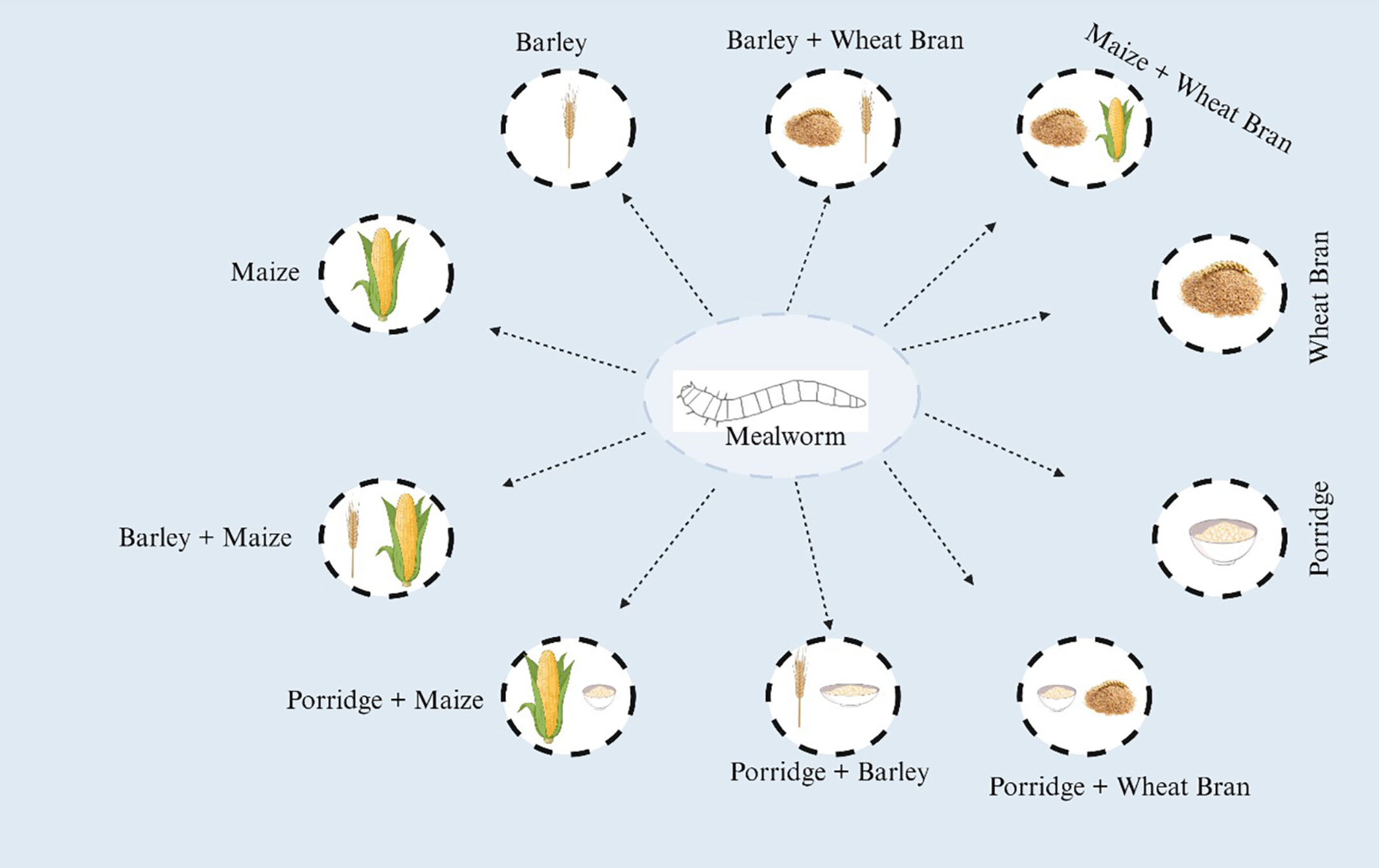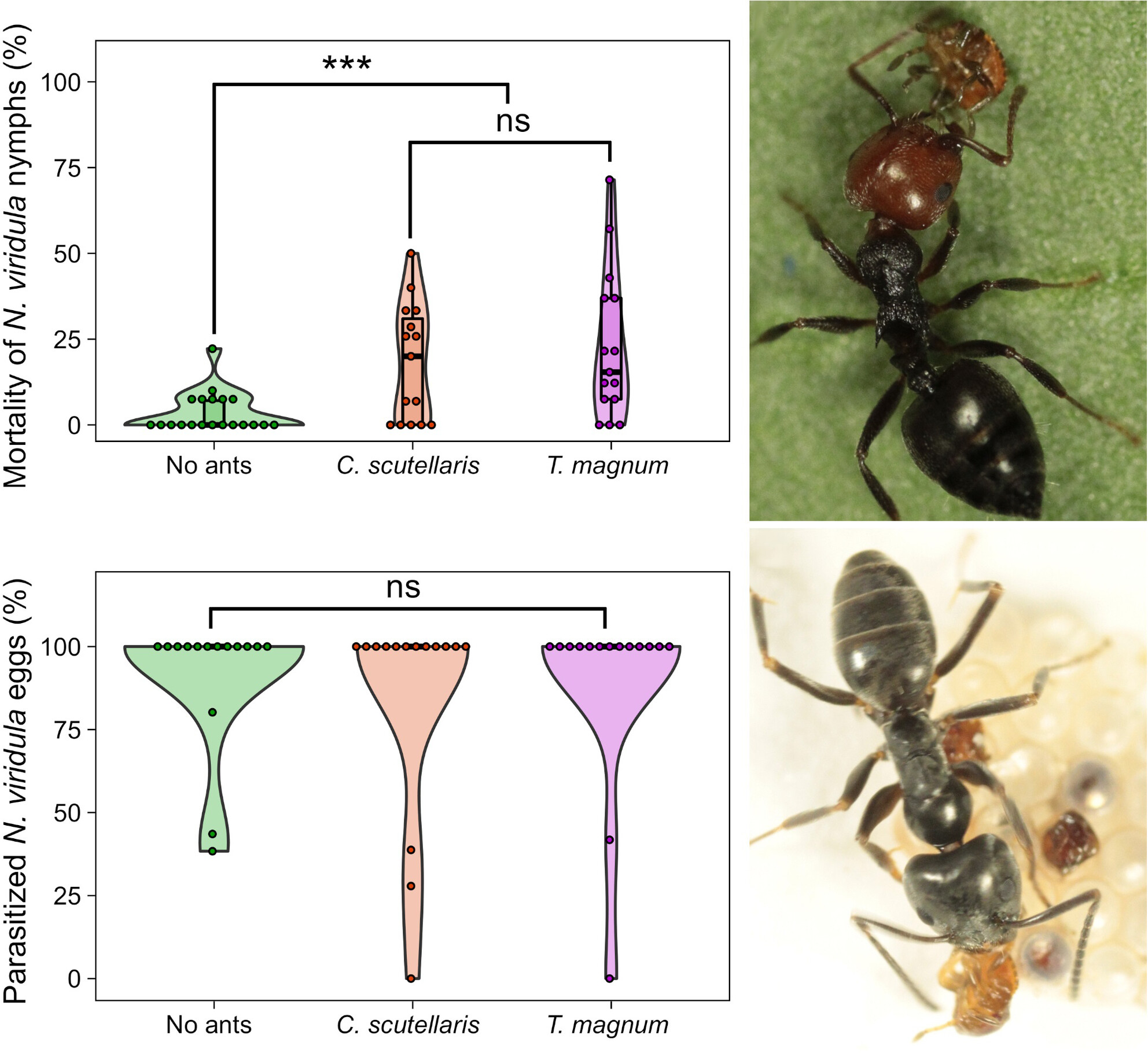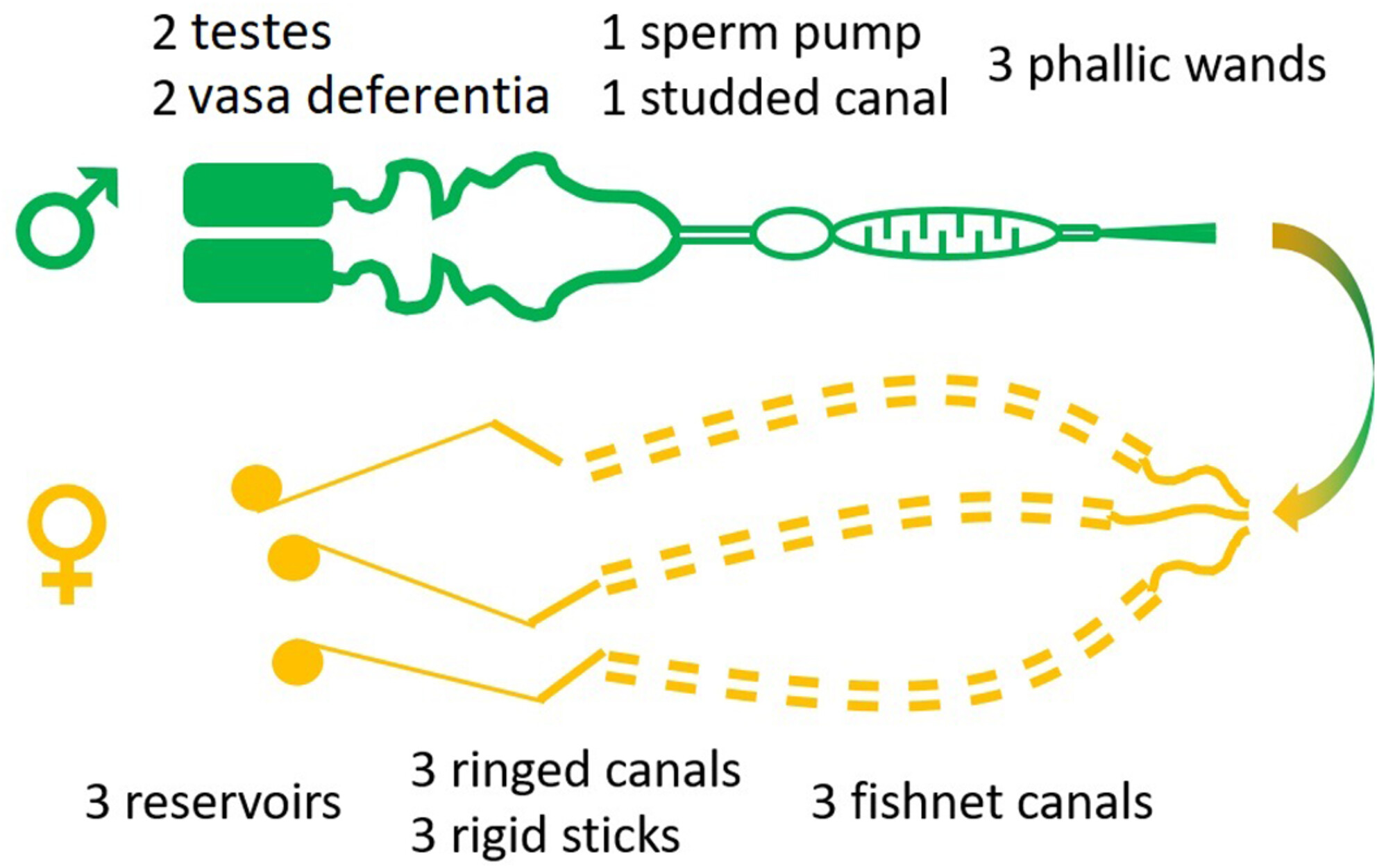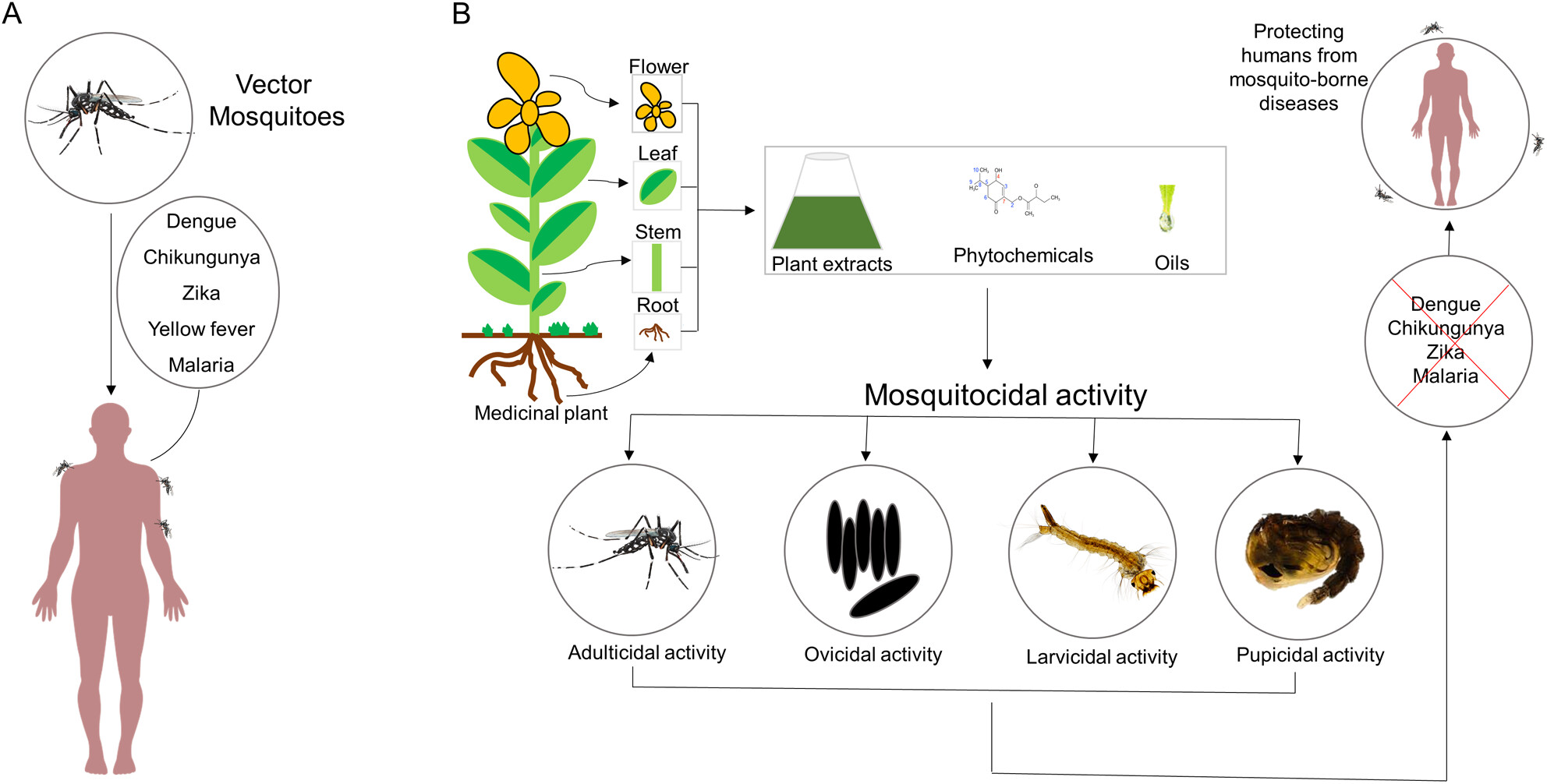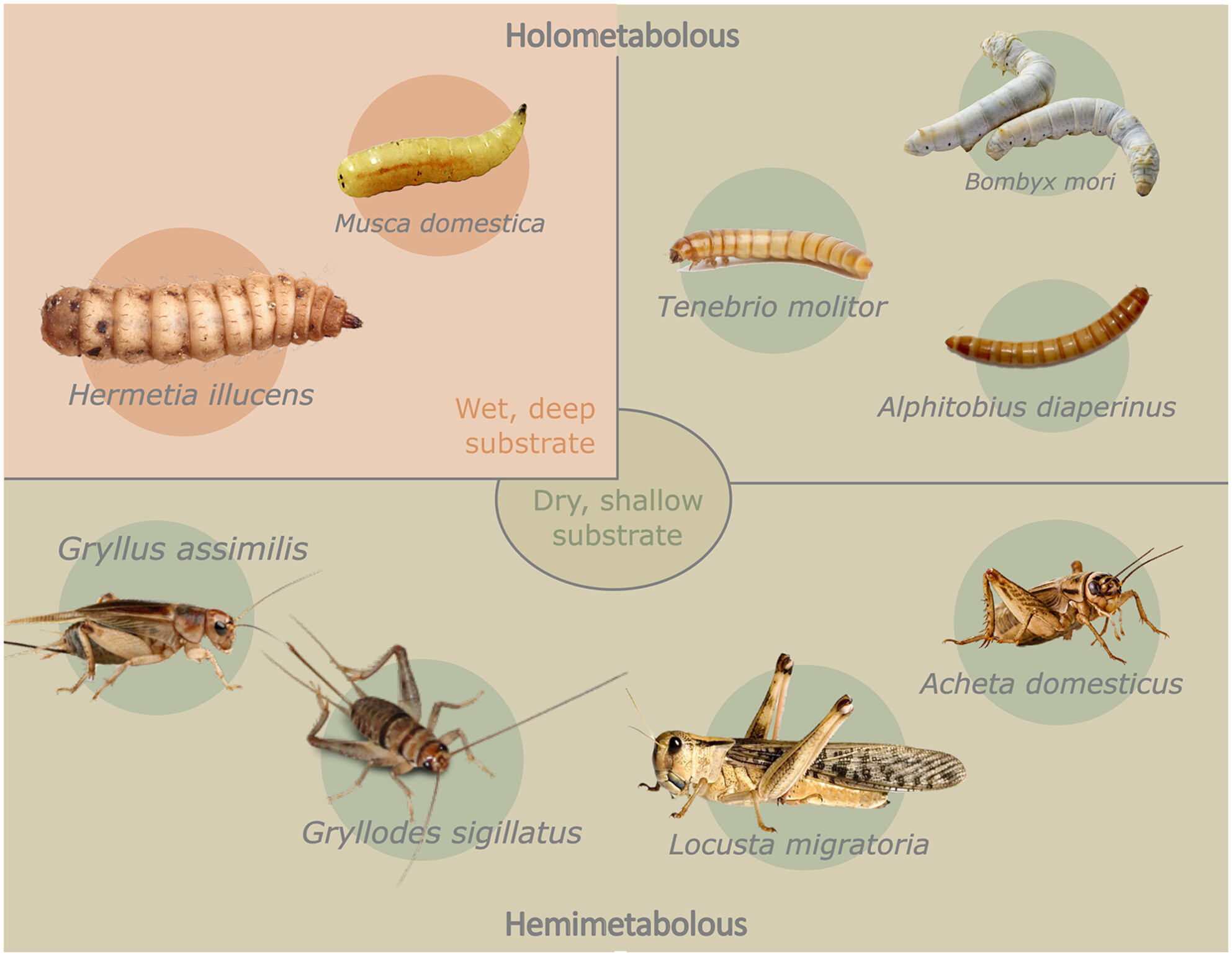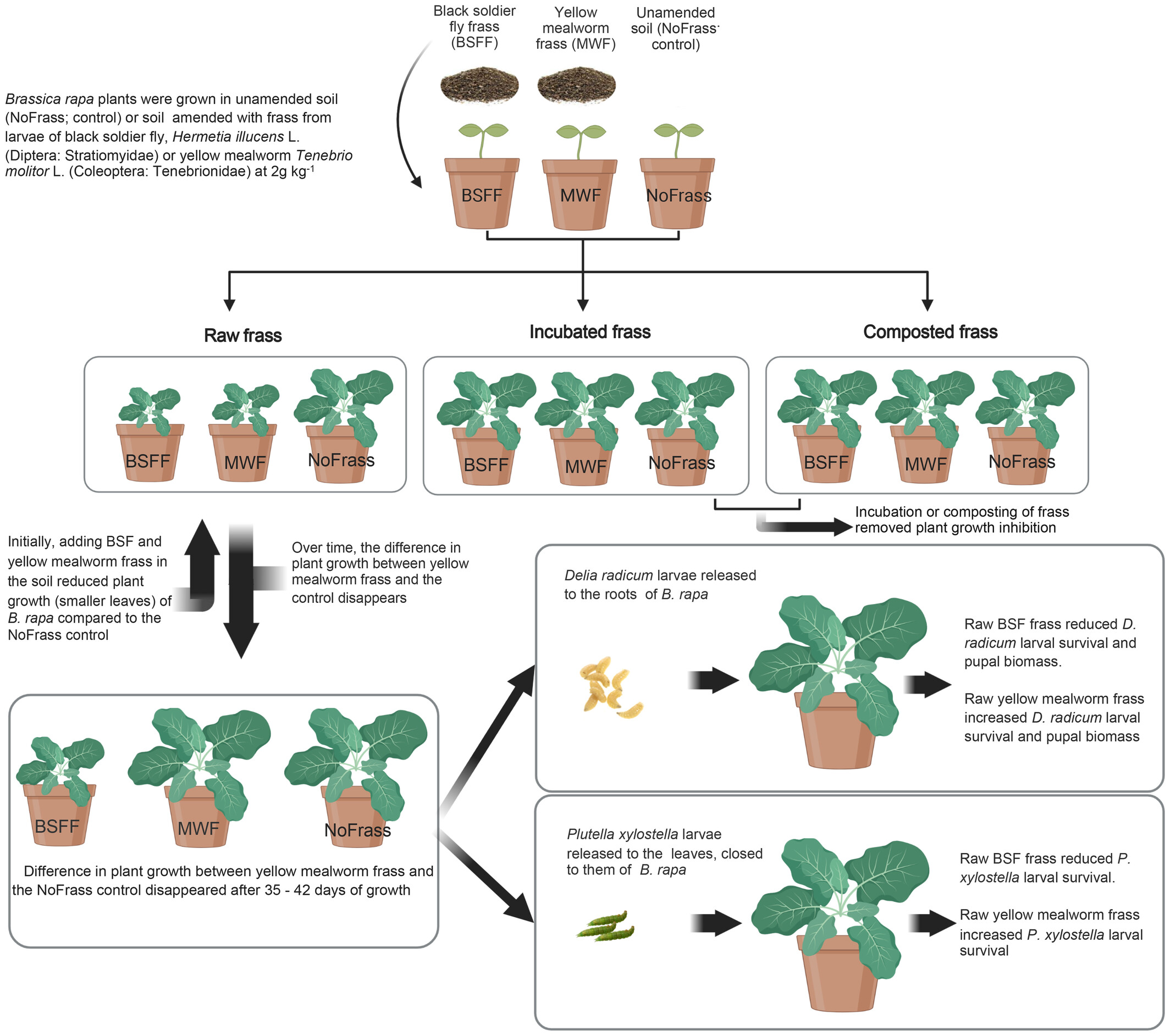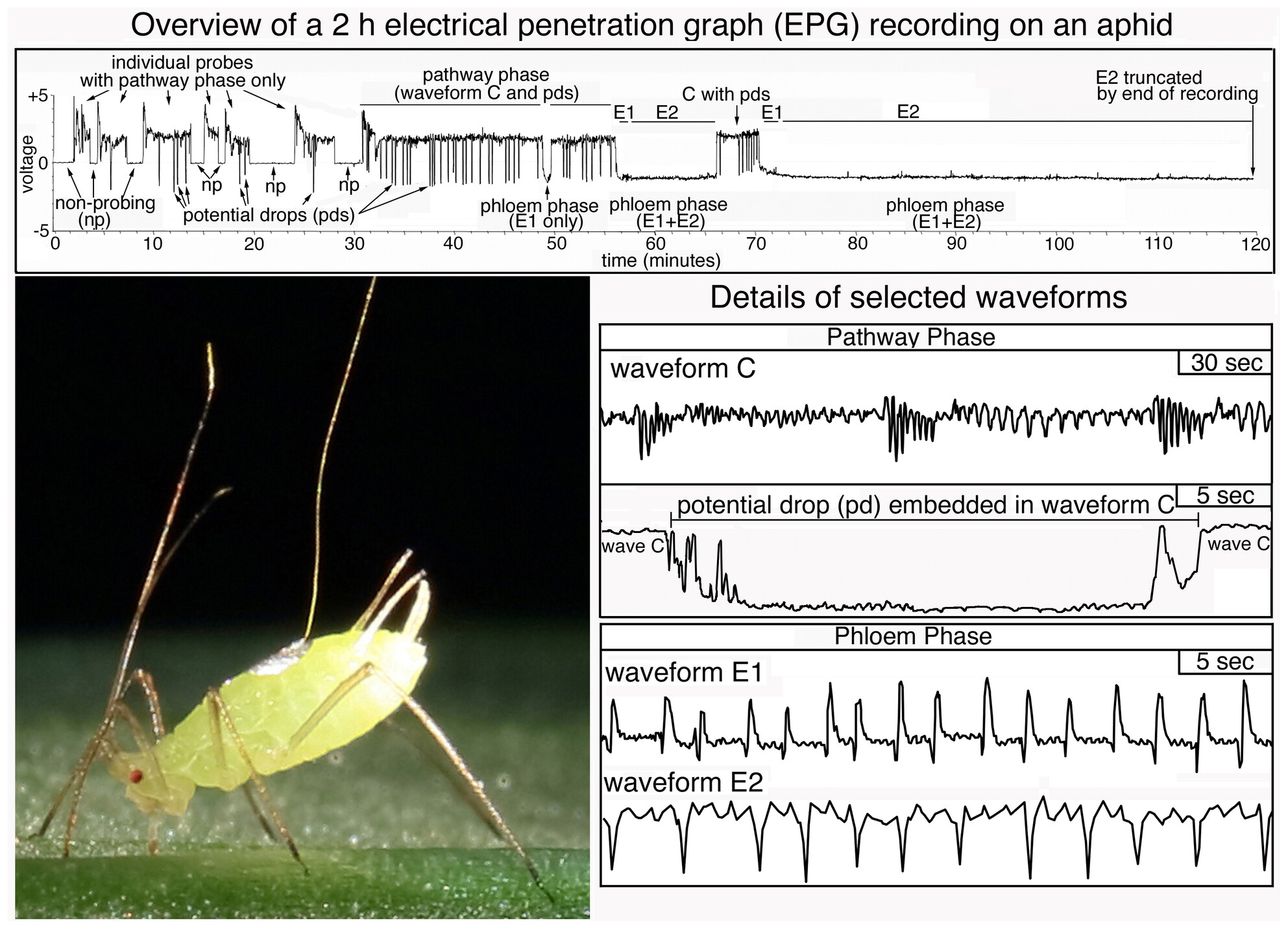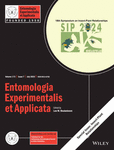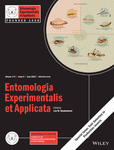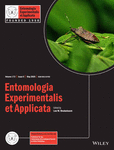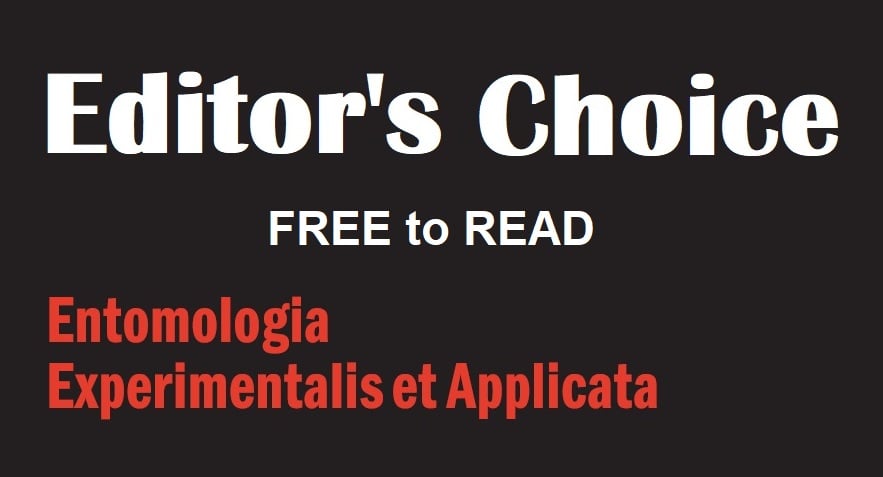Edited By: Leo W. Beukeboom
Entomologia Experimentalis et Applicata is an entomology journal presenting research in experimental biology and ecology of insects and terrestrial arthropods, encompassing pure and applied aspects.
We are a preferred platform for communicating results in areas like inter-relations between phytophagous arthropods and their hosts, parasitoids, predators, and pathogens. Topics include host-plant selection, chemical ecology, parasitoid interactions, behavioral ecology, biosystematics, migration, population modeling, and more. We are published by the Netherlands Entomological Society.
Journal Metrics
- 3.5CiteScore
- 1.7Journal Impact Factor
- 27%Acceptance rate
- 28 days Submission to first decision
Journal News
Articles
Developing of artificial fruits to assess ovipositional responses of Drosophila suzukii under laboratory conditions
- 16 July 2025
Graphical Abstract
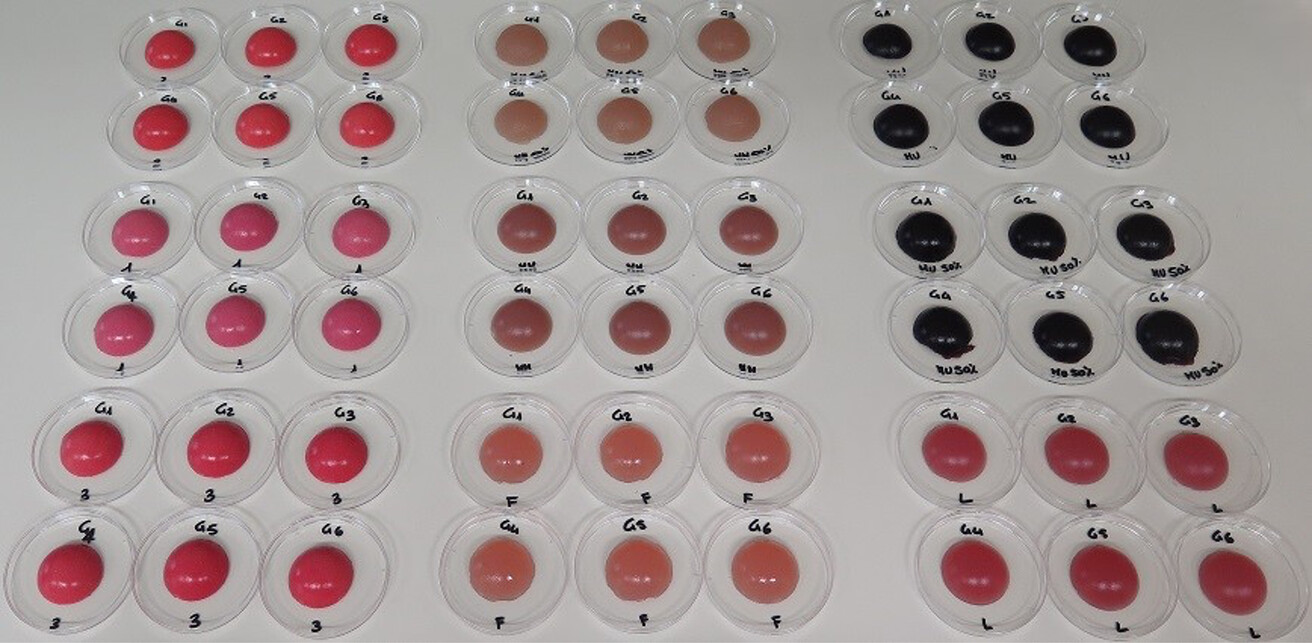
Drosophila suzukii (Matsumura) (Diptera: Drosophilidae) is an invasive pest of soft-skinned fruits. Using fresh fruits to test pesticides and repellents against this pest has certain limitations. In the present study, we evaluated nine different artificial fruits prepared from various food-based mixtures as oviposition substrates for D. suzukii. The highest ovipositional response was observed on artificial fruits made from D. suzukii solid artificial diet and colored with carmine, indicating that they were more attractive to females than the other test substrates.
Stayin’ alive: Optimizing wing geometric morphometrics toward a harmless method
- 7 July 2025
Graphical Abstract
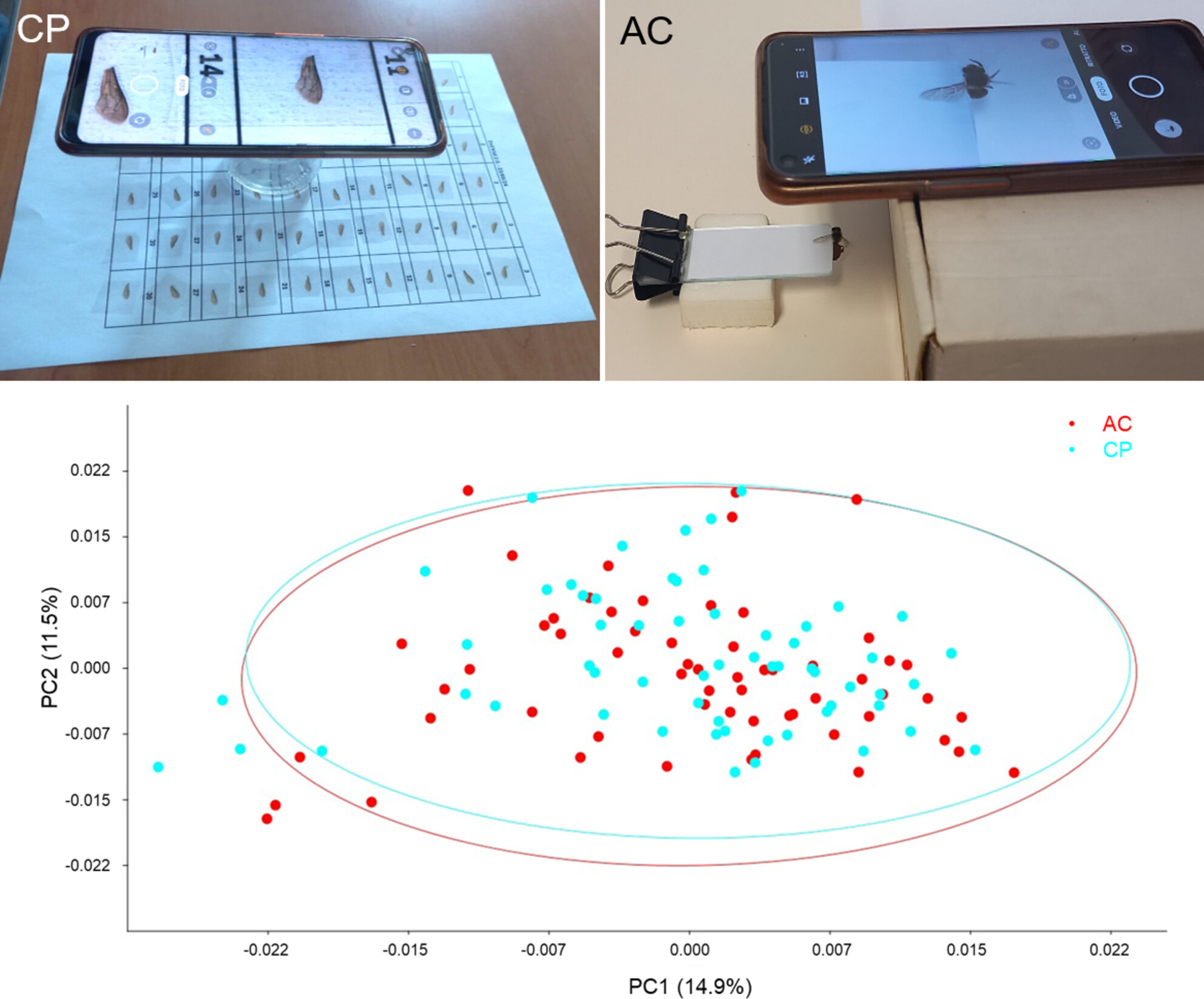
In this study, we used a smartphone, instead of a microscope, to capture images of insect wings for geometric morphometric analysis. Moreover, we used live, anaesthetized bees without killing them. The wings were photographed while keeping them attached to the anaesthetized bees, using a home-built portable clamp to flatten the wings. The morphology of the wings left attached to the bees (AC) was comparable to that of cut wings (CP), demonstrating potential application value in non-destructive wing geometric morphometrics.
A robust multigenerational laboratory rearing methodology for Diplolepis mayri and Diplolepis rosae on wild roses (Rosa spp.)
- 7 July 2025
Graphical Abstract
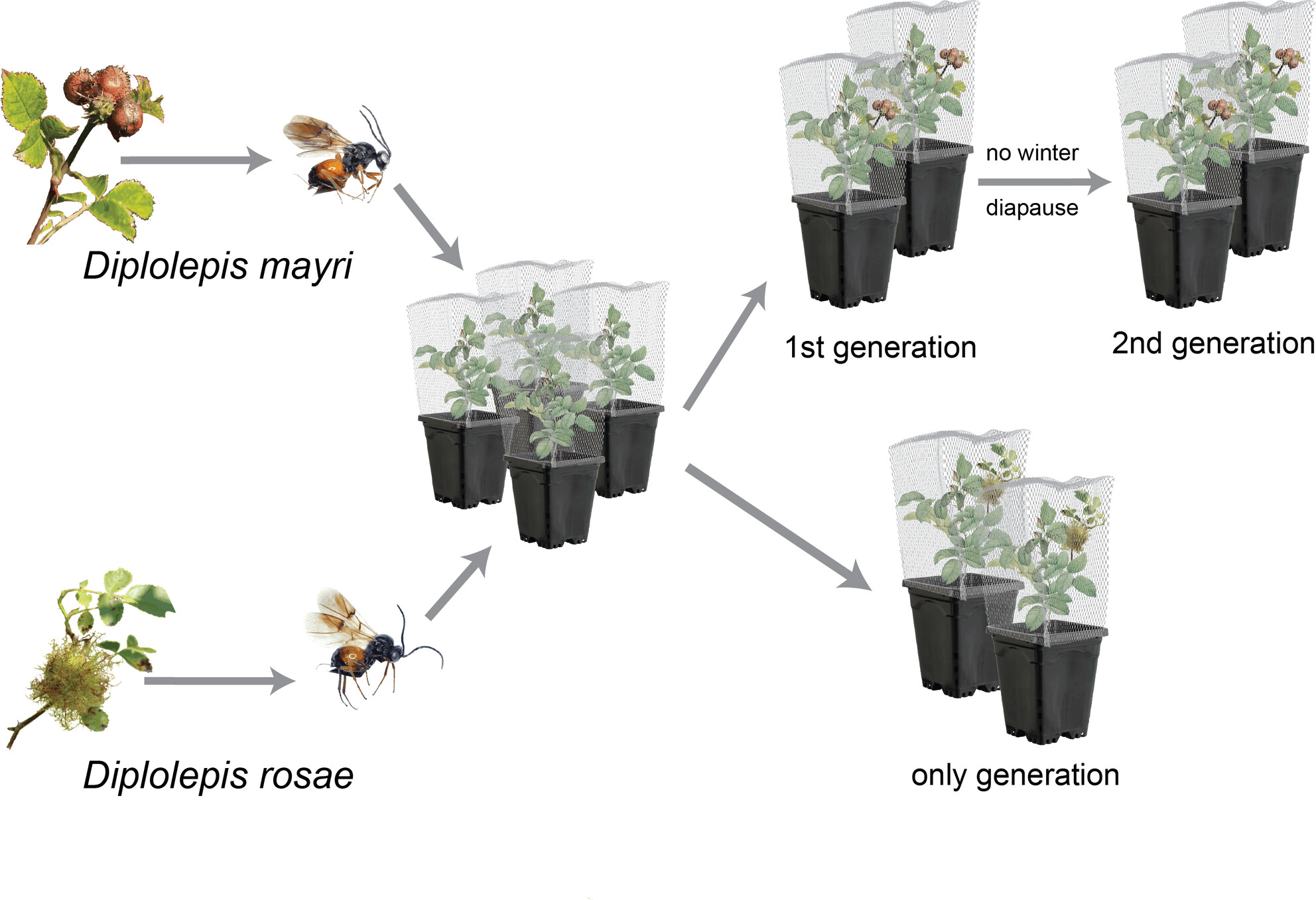
We report a method for rearing Diplolepis mayri (Schlechtendal) and D. rosae (Linnaeus) under controlled conditions using Rosa rubiginosa (L.) and R. canina L. wild rose shrubs. Plants were kept at a temperature of 22–23°C, 60%–70% humidity, with L14:D10 (2023) and L16:D8 (2024) photoperiod cycles. A second D. mayri generation emerged, indicating that D. mayri is more suitable than D. rosae for cynipoid wasp laboratory studies.
Behavioural and physiological responses of whitefly, Bemisia tabaci, to virus infection in cassava (Manihot esculenta)
- 4 July 2025
Graphical Abstract
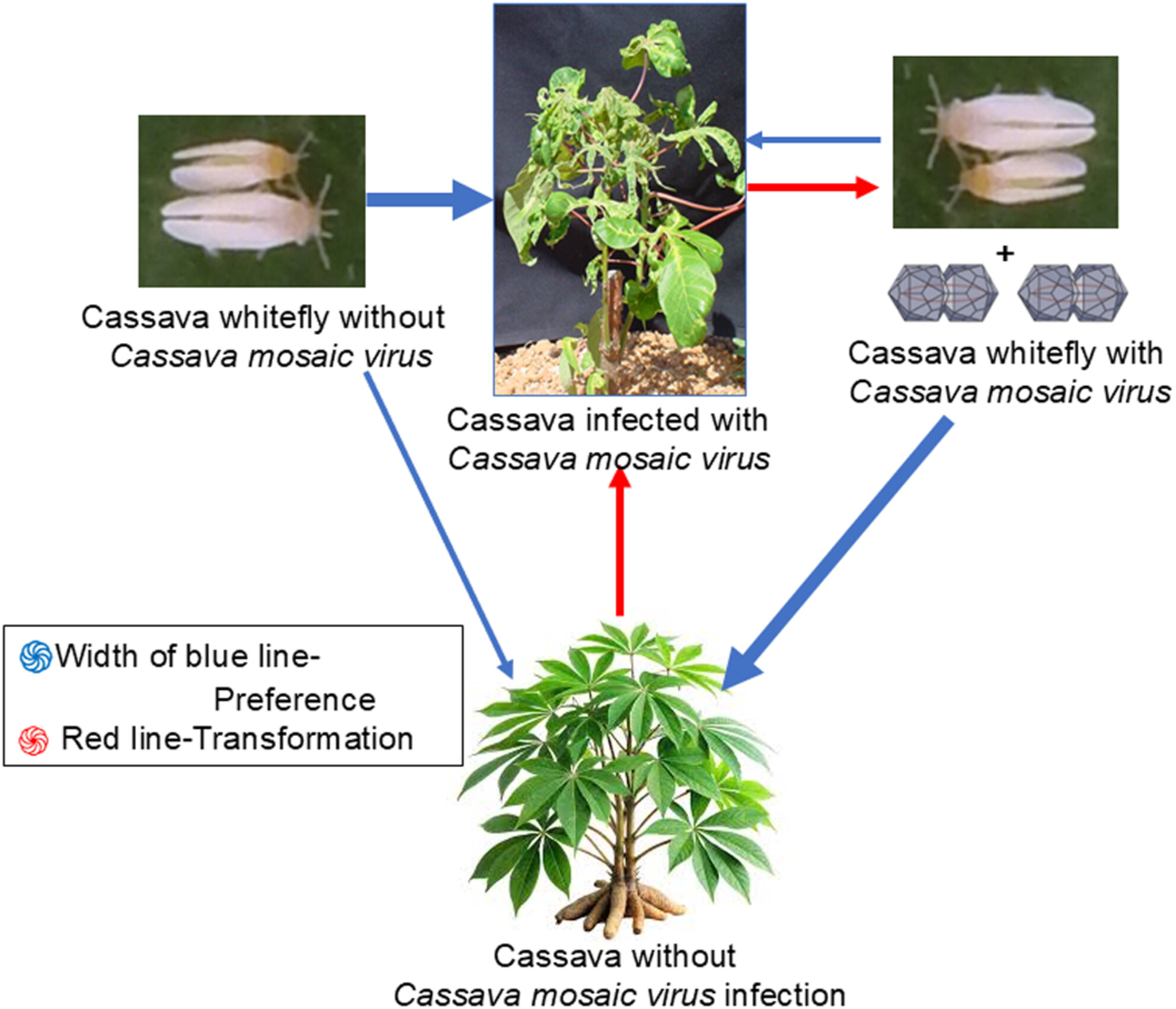
Cal Mosaic disease, caused by Cassava mosaic virus and transmitted by the whitefly Bemisia tabaci, threatens cassava production. This study examined whitefly–virus interactions across resistant and susceptible cassava genotypes, focusing on dispersal, feeding, fecundity and life cycle. Virus-infected whiteflies showed altered dispersal and feeding behaviour, feeding more efficiently on susceptible genotypes but with reduced fecundity on resistant ones. The virus shortened adult longevity but extended the overall life cycle, highlighting how it influences the vector to enhance transmission.
Response of various body parts of house flies, Musca domestica, to sucrose
- 3 July 2025
Graphical Abstract
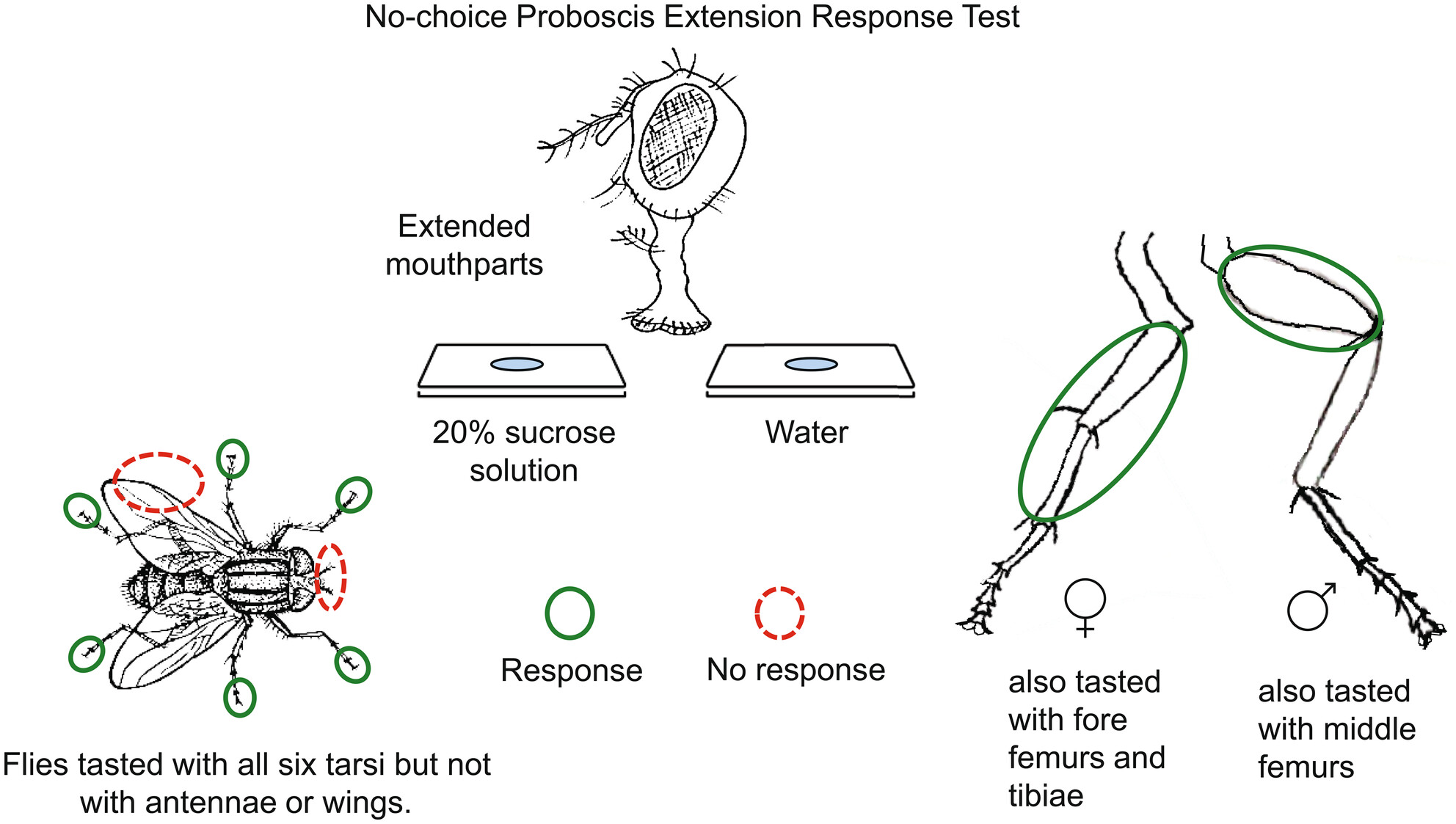
This study investigated which body parts house flies (Musca domestica) taste with. As indicated by more flies extending their mouthparts in response to sucrose versus water, (1) both sexes tasted with their middle, hind, and especially fore tarsi; (2) females also tasted with their fore tibiae and femurs, males with their middle femurs; and (3) neither sex tasted with their antennae or wings. Wing contact with sucrose also did not elicit more grooming than contact with water.



